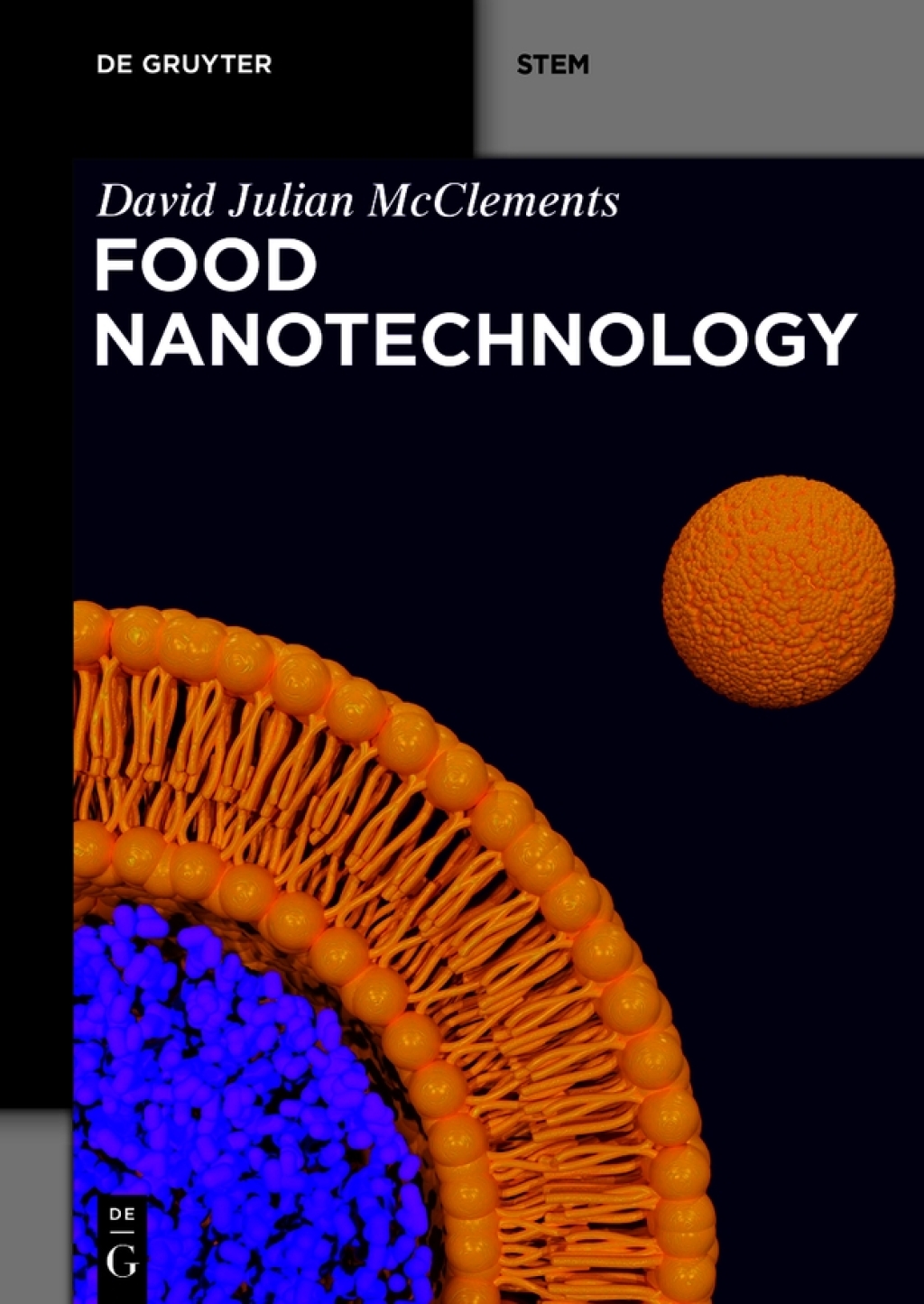Additional information
| Full Title | Food Nanotechnology 1st Edition |
|---|---|
| Author(s) | David Julian McClements |
| Edition | 1st Edition |
| ISBN | 9783110788549, 9783110788426, 9783110788457 |
| Publisher | De Gruyter |
| Format | PDF and EPUB |
Original price was: $88.99.$24.99Current price is: $24.99.
Access Food Nanotechnology 1st Edition Now. Discount up to 90%
| Full Title | Food Nanotechnology 1st Edition |
|---|---|
| Author(s) | David Julian McClements |
| Edition | 1st Edition |
| ISBN | 9783110788549, 9783110788426, 9783110788457 |
| Publisher | De Gruyter |
| Format | PDF and EPUB |
Nanotechnology is increasingly being utilized within the food industry to create innovative products with new or improved properties. This book introduces the history of nanotechnology applications in the food industry. It then discusses the key physicochemical and structural characteristics of the different kinds of nanoparticles found in foods, as well as showing how these characteristics lead to their unique functional attributes. Applications of nanotechnology in the food and agricultural industries are then covered, including the creation of nanopesticides, nanofertilizers, nutrient delivery systems, functional ingredients, smart packaging materials, nanofilters, and sensors, as well as for the conversion of waste materials into value-added products. Finally, the potential toxicity of both organic and inorganic nanoparticles found in foods is critically assessed. The author is a Distinguished Professor of food science who uses physics, chemistry, and biology to improve the quality, safety, and healthiness of foods. He has published over a thousand scientific articles and numerous books in this area and is currently the most highly cited food scientist in the world. He has won numerous awards for his scientific achievements. The aim of this book is to provide scientists and technologists with an understanding of the basic principles of nanotechnology and how they can be used in the food and agricultural industry to improve the quality, sustainability, safety, and healthiness of our foods.
